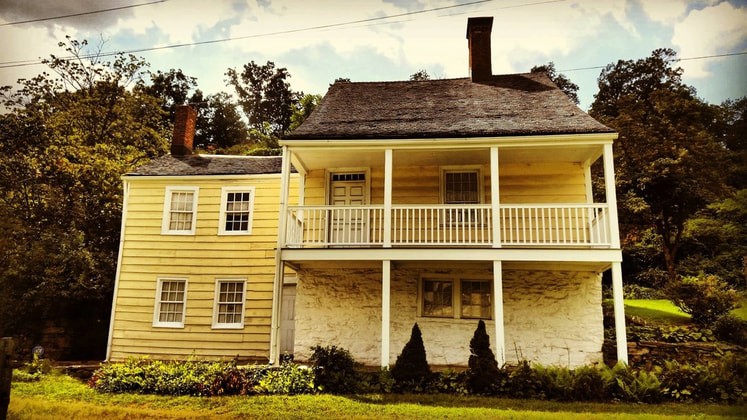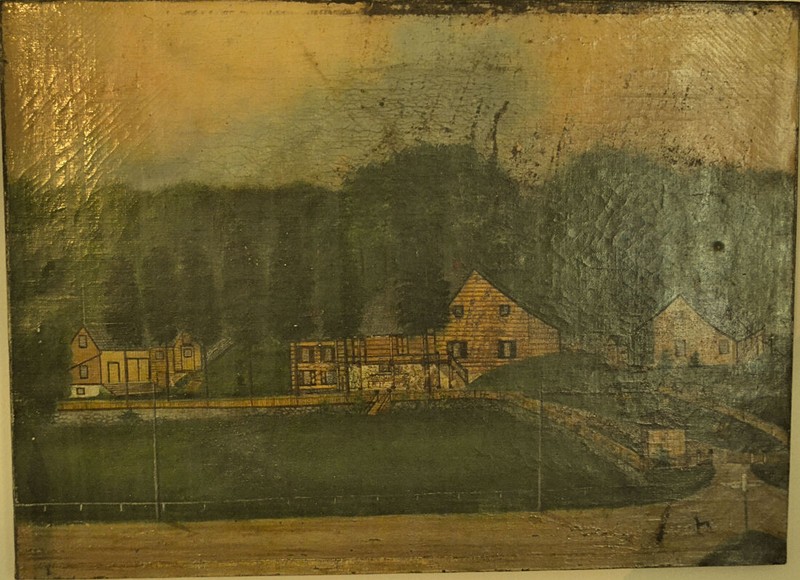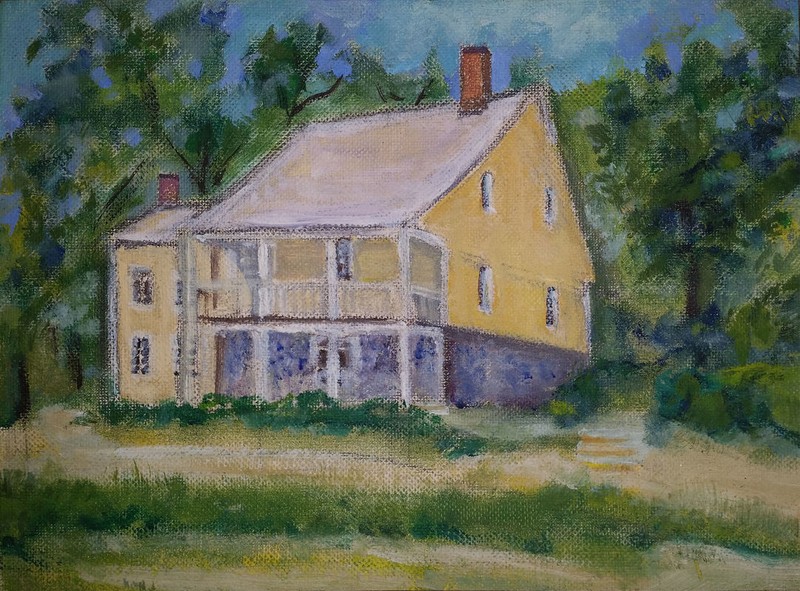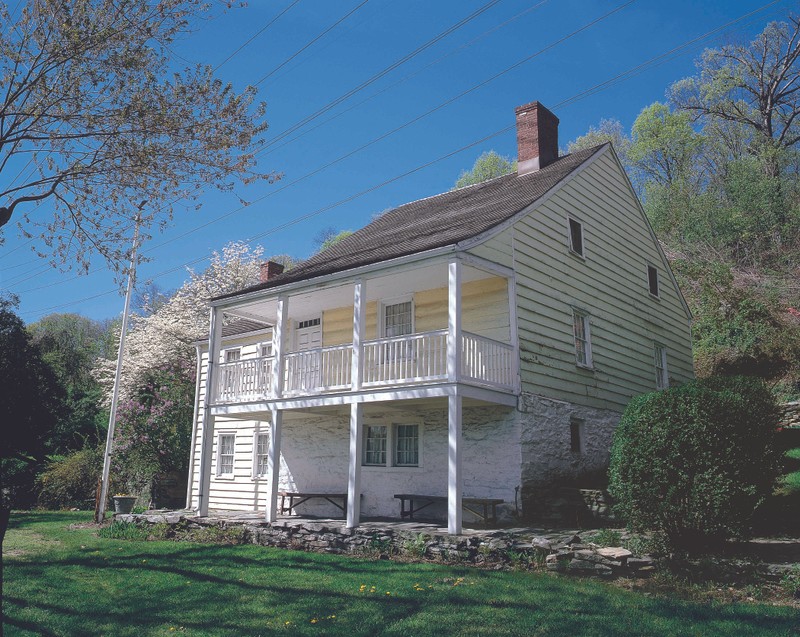Sherwood House
Introduction
Text-to-speech Audio
Images
Sherwood House.

Sherwood House.

Sherwood House.

Sherwood House.

Backstory and Context
Text-to-speech Audio
Built in 1740 by Thomas Sherwood on a 25-acres leased on Philipsburg Manor; the family farm was later bought by his son, Stephen, from the State Commissioners of Forfeiture after the war in 1785. It now serves as a home for the Yonkers Historical Society (since 1962,) and it is also a museum.
The Sherwood House is one of the few remaining pre-Revolutionary War fully furnished tenant farmhouses in the New York metropolitan area.
Sherwood cited the house at the base of a steep hill, with a partly exposed stone basement containing the kitchen. The “important porch” had two usable stories, one in front of the kitchen, and the other in front of the main rooms of the house.
Thomas Sherwood built the farmhouse along an old Native American trail. In October 1776, on the order of General George Washington, that same trail would be made wider for passing the Continental Army. It would eventually become Tuckahoe Road.
It is likely Thomas and his son, Stephen, assisted with the process, since it went right past their farm and would be beneficial to them. Washington inspected the road, passing by the Sherwood Farm. In addition, Thomas Sherwood served as an ensign for the New York Militia during the American Revolutionary War.
In 1787, for reasons still unknown, Stephen Sherwood sold the land to Jabez Fowler.
By 1802, Dr. John Ingersoll, Yonkers’ first medical doctor, had become the owner. He added a one-story wing as his personal office during this time.
In 1834, Frederick Weed purchased the property. He would add a second floor to Ingersoll’s office; it also temporarily served as a tavern. It would remain within the Weed family until 1923.
Afterwards, it became a Prohibition speakeasy, then after Prohibition ended, a popular restaurant.
In 1955, the property was acquired by Consolidated Edison. In fear of the old house catching on fire and damaging the overhead lines they wanted to put above it, they planned to tear it down. After public outcry, Con Ed. agreed to move the lines out of the way of the house, and donate it to the Yonkers Historical Society.
The Sherwood House was added to the National Register of Historic Places in 1984.
Sources
Sherwood House, http://www.yonkershistoricalsociety.org/. Accessed April 22nd 2020. http://www.yonkershistoricalsociety.org/sherwood-house.html.
Sherwood House Museum, https://www.visitwestchesterny.com. Accessed April 22nd 2020. https://www.visitwestchesterny.com/listing/sherwood-house-museum/23/.
Williams, Gray. Picturing Our Past: National Register Sites in Westchester County. Elmsford, NY. Westchester County Historical Society, 2003.
Yonkers Historical Society.
Yonkers Historical Society.
Yonkers Historical Society.
Westchester County Historical Society. Photo by Gray Williams.
